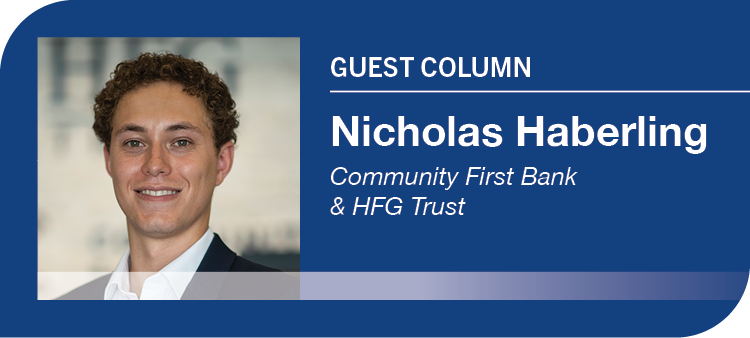
Home » Financial education starts with scarcity, perspective
Financial education starts with scarcity, perspective

September 13, 2021
Recently someone very dear to me said they were in near physical pain listening to an investment presentation. They were probably exaggerating, but it was an understandable feeling. They went from starting a foundation with budgeting and a savings plan to a detailed review of portfolio theory and valuations.
This would be akin to someone starting their journey into pop culture by reading Joseph Campbell’s 400-page technical explanation of the “hero’s journey” instead of watching “Star Wars” or “Harry Potter.” The difference is very few people have a need to read “The Hero with a Thousand Faces,” while all of us need a passing knowledge of personal finance.
Responsible citizens
If there is an ur-narrative that unites all personal finance stories it might be the relationship between scarcity and perspective.
Scarcity is fundamental to our reality.
We have unlimited needs and desires, yet we have limited means and resources to satisfy them. Perspective, which can be taught, allows us to prioritize our needs and desires across time and space. Tools are in turn developed to help us improve our perspective and maximize the use of our scarce resources.
These tools can be as simple as dollar-cost averaging or as academic as multifactor portfolios.
The underlying narrative of scarcity, perspective and the tools we build to maximize return might line the bookshelves of financial advisors, but they’re of little interest to the public at large.
Stories people need
Yet we all need to understand personal finance to be responsible citizens in the modern world. How do we bridge this gap? I can only speak from personal experience, but I think the solution lies in exploring the role financial planning plays in stories and encouraging people, especially children, to explore how the world around them works.
For story examples, we can examine the Bible. In the Old Testament we read about Joseph instructing Pharaoh to set aside grain during years of good harvest so the people of Egypt could survive a future famine. I’m not one to endorse centralized planning, but I think there are parallels here to dollar-cost averaging and retirement planning.
To encourage children as they explore the world, we can ask them whether they know how their favorite company makes money or produces a product; then explain how they have the opportunity to own their favorite public companies.
It may sound surprising, but many kids are excited to learn how they can own a piece of Disney, for example.
A personal example of this is when my fourth-grade teacher informed my class of the option to buy companies on the internet.
I thought it would be funny to buy my father’s business, but Haberling Financial Group was not listed on the S&P 500 (the difference between public and private companies was a later lesson).
However, this leads to conversations on setting aside funds to buy company shares that will generate a future return on investment.
We live in a world that requires a passing understanding of financial planning. It requires the use of personal finance tools to balance scarcity with present and future needs. There are many ways to learn about the tools of financial planning, but I think the best way is to build a foundation through compelling narratives and exploration.
Nicholas Haberling is a partnership advisor at Community
First Bank & HFG Trust in Kennewick.
Education & Training
KEYWORDS september 2021




